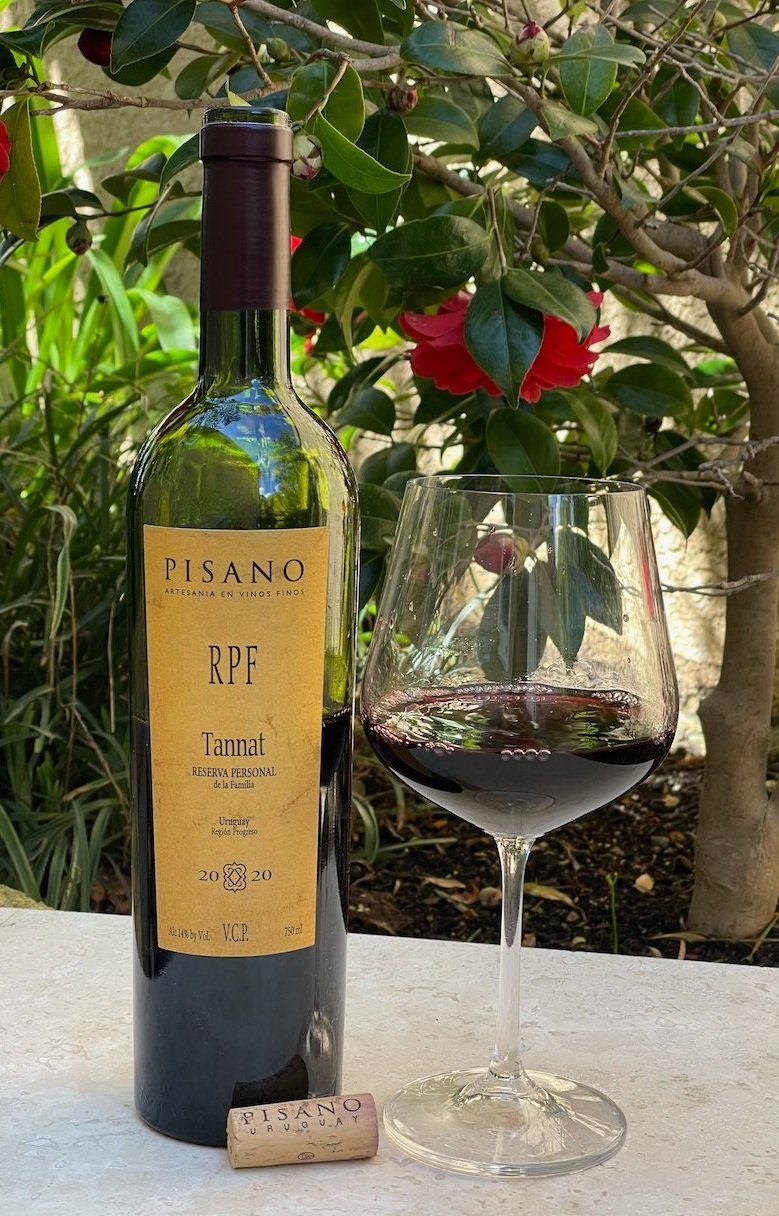Vermut Flores Rosé ($19)
As was noted in a previous blog, vermouth is a wine - a fortified wine. A fortified wine that is infused with a mixture of botanical products including fruits, herbs, spices and roots. After the wine is aromatized and fortified, the Vermouth may be bottled dry, or sweeteners such as sugar may be added to create the sweet style of Vermouth, like this one.
This Basta Spirit Flores Rosé vermouth is from Uruguay and is made from Tannat grapes that are pressed and left in brief contact with the skins to create a rosé which acts as the base wine for the Vermouth.
Flores is a family of vermouth based on Tannat wine. Their Rojo and Rosado varieties are produced from Tannat. Albariño wine is used for the Flores Blanco Vermouth variety.
Vermut Flores Rosé is produced from a combination of twenty-seven (yes, 27!) different botanicals that make up its formula. Among them are Wormwood, Cardamom, Gentian, Quina and Coriander.
It was included as one of the Wine Enthusiast 2022 Top 100 Spirits of the Year as well as receiving a 94-point rating!
Vermut Flores Rosé is a bright and crisp vermouth. You can drink it alone, with a slice of lemon, lime, or orange, with or without olives, with or without tonic water. But, always include a good amount of ice!
Basta Spirits’ Vermut Flores is this week’s Behind the Cork™ Wine of the Week. Cheers!
Disclosure of Wine Sample Submission: I received this sample at no cost for review. The opinions expressed are entirely my own.
Media Sample Provided by Basta Spirit who Produces Vermut Flores






